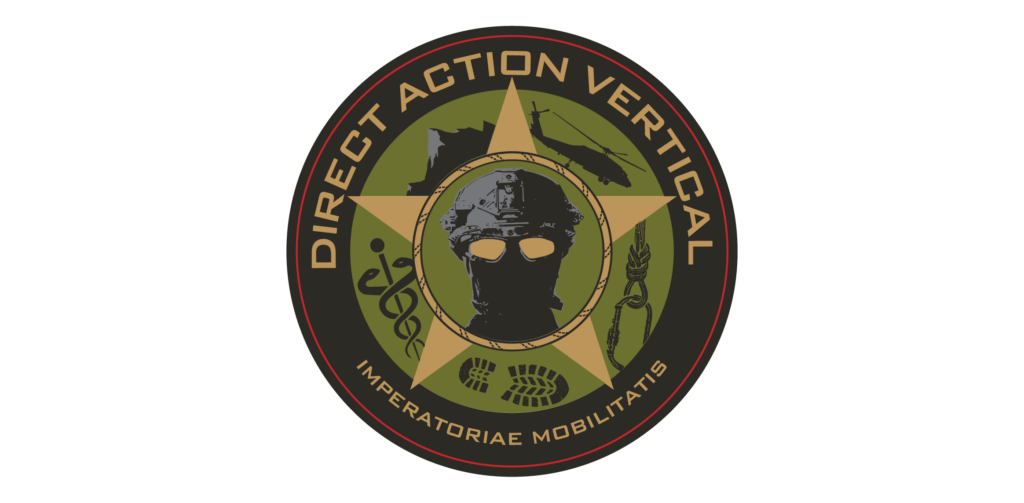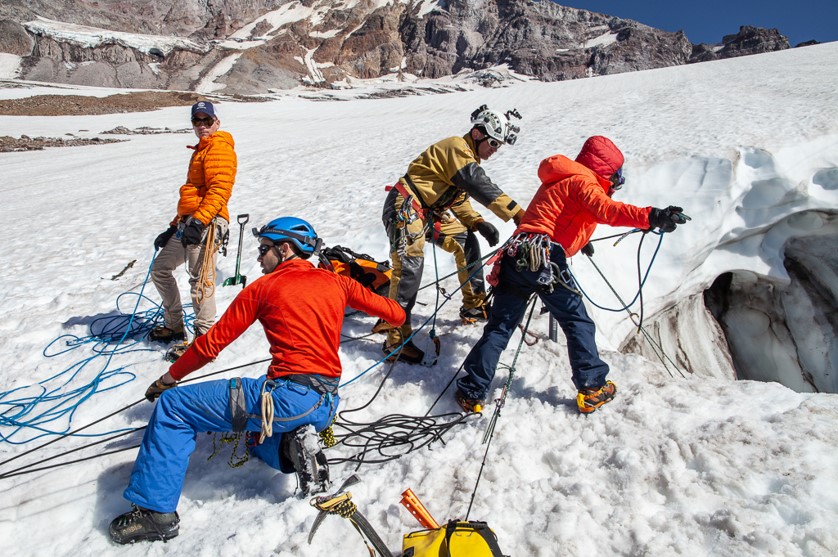Why Use Direct Action Vertical?
1. Direct Action Vertical is not monogamous to any one rope industry.
We pull from mountain rescue, cave rescue, swift water, arborist and aerial rescue, fire-based technical rescue, and tactical rope operations. No single discipline has ALL the answers. One policy, standard, or dogma won’t necessarily fit all situations, even within a single industry.
Many of our solutions are hybrid integrations of several industries. The result is a truly unique skill-set that virtually no one else teaching rope work can provide.

2. We teach “Have a reason for everything you do,” versus “Always do it this way.”
Environments and conditions vary widely, and sometimes change mid-operation. Ropes vary according to industry, region, country, and culture, and your anchoring, redundancy, and rope travel techniques will vary accordingly.
There is a difference between dogmatic redundancy and risk-assessment based redundancy. Ironically, the latter is typically just as safe as the former, but often less obvious because it is rigged internally, instead of with 2 of everything.
3. We train technicians, not riggers.
If your team is only choreographed for 2-rope systems or specific niche gear (specific devices or rope diameters), you’re limiting your team’s capability… which is fine, as long as you can guarantee your rescue conditions stay within those parameters. But rescues and extreme rope operations tend to be unpredictable and evolving, so we feel a diverse tool box is better than a lean one.
- A “rigger” memorizes patterns and works with familiar gear, harnesses, ropes, and maneuvers. They can rig and perform, but their understanding of the underlying physics and ability to problem-solve are somewhat diminished. What happens when “rigging bag 1” isn’t available?
- A “technician” internalizes the physiology of rope work, is fluent in rope travel, and can do nearly anything with anything. We urge our students to become masters – not just of their specific rope discipline, but in others as well.
- The best rope lab for these techniques is NOT in a lab with new ropes. It’s in the real world, where ropes are used, wet, and dirty; where operators are tired, in the dark, or the cold. It comes from decades of experience, from technicians who actually performed these skills in these various industries. Our cadre has this kind of diverse, real-world experience.

